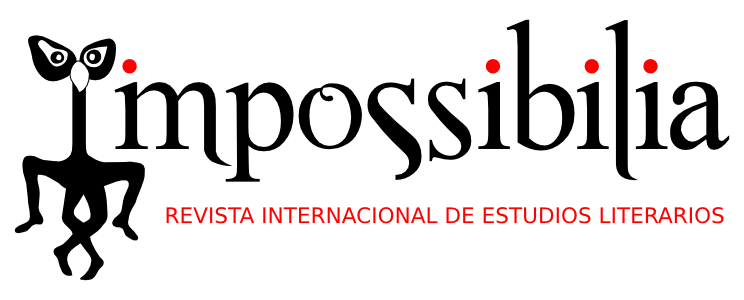Call For Papers Impossibilia 13.
Autofiction In Arts And Literature

Operating a hand drill at Vultee-Nashville, woman is working on a "Vengeance" dive bomber, Tennessee
In recent decades, interest in autofiction has increased. This phenomenon, which consists, in a general way, in authors using their names to call a character or to build an alter ego, has been examined by specialists in literary theory, who have formulated interesting hypotheses about the ways of dealing with the self in contemporary literature. To explore autoficcion, scholars have proposed approaches either from semantics or pragmatics analysis. There are even those who formulate that it is an emerging new genre. Autofiction has not only been studied from a theoretical perspective. There is also a remarkable interest in the fields of criticism and history.
Even though there is an important advance in the reflection on autofiction, there are still expressions and/or aspects insufficiently explored. Despite being a phenomenon that transcends the narrative space, studies in other areas are limited, for example, in dramatic and audiovisual realms. For these reasons, the aim of this special issue to encourage a critical and theoretical reflection on autofiction in literary and artistic expressions: film, photography, theatre, graphic novel, poetry, novel, and short story.
For our 13th issue, coordinated by scholar Angélica Tornero (UAEM, México), we aspire to contribute to the generation of systematized knowledge on the problem of the fictional representation of the author: identity between author, writer, director, actor/actress, and character. In addition to this, to give an opportunity to trace unexplored routes of reflection around rhetorical procedures, specifically visual and mise-en-scène, which appeal to the image and not only the word.
We propose this main lines of research:
- Autofiction in poetry: alter nos of the author, author’s position, self-fiction.
- Autofiction in novel and short story: nominal identity between author, narrator, and character, alter nos.
- Autofiction in the performing arts: one-person staging, verbal theater, autobiographical dance, among others.
- Autofiction in films: documentary, hybrid forms, among others.
- Autofiction in the graphic novel.
- Autofiction in photography.
- Collective authorship.
…
We shall also accept articles for the following sections:
Miscellany: This section will include papers dedicated to different literary topics, with a theorethical, critical, historiographical or comparatistic approach.
Artistic Interactions: Literature has always kept close ties with other arts, from the visual arts to music. We propose to create in this section a space where to promote a reflection on these interactions, on how they are originated, how they developed and, most of all, on what its most exemplary fruits are.
Ricordando: Homages and recollections. In this section, we shall publish articles dedicated to different literary recurrences; homages to works and people, through which we intend to celebrate on the pages of Impossibilia some of the most important dates in the history of literary studies.
Reviews: This is a space where to comment books on theory, criticism, comparative literature and history of literature.
The deadline for sending articles is the November 30th, 2016. All papers received after this date will be excluded.
Papers should be sent through the following webpage: .
Papers should comply with the Style Book and the Refereeing System defined by Impossibilia, as well as with the Spanish Creative Commons licenses described in our Legal section.




